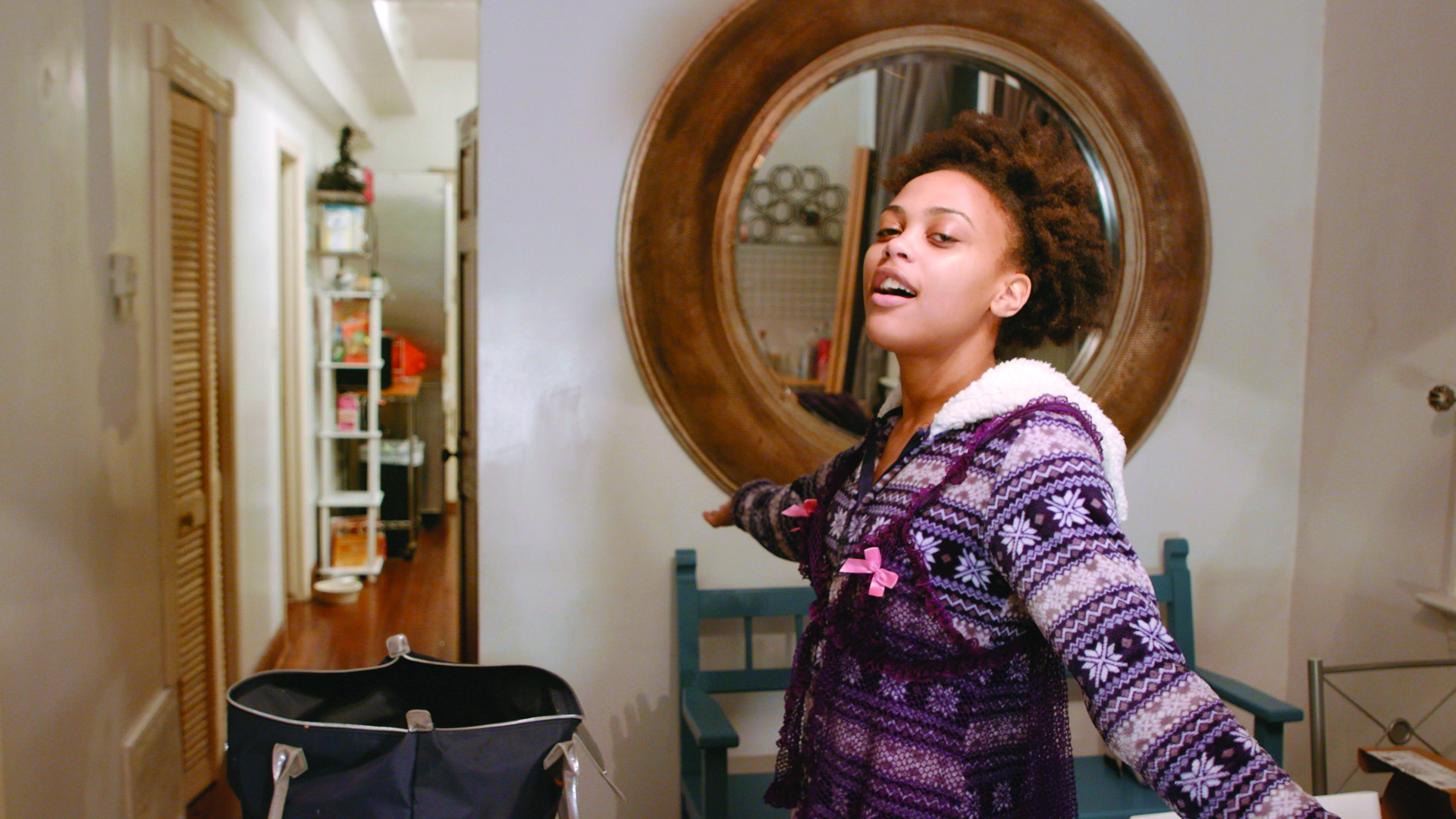
- Pleasure should accompany us every day, says one of the characters in the documentary "The Dilemma of Desire”. In this documentary which uses the clitoris as its starting point, themes of violence, rape culture, and also art, liberation, and the recovery of autonomy interpenetrate each other.
“The Dilemma of Desire” (2020) is a documentary directed by Marie Finitzo. The project, which you can watch at Mastercard OFF CAMERA as part of “Freedom, Equality, Solidarity” is a portrait of female sexuality and the story of cultural, biological and social functions of the clitoris. The main component of Finitzo's documentary are the statements of women – each of them represents a different environment, culture or religion. Female artists, biologists, designers, activists and anthropologists speak out in “The Dilemma of Desire.” In this way, the story about the clitoris – which in this case is a symbol of strength and a source of pleasure – becomes inclusive. The portrait of female sexuality and return to pleasure and autonomy is broad; open to all and any new stories.
Not only does the documentary debunk myths about female desire, but above all, it accurately observes how deeply rooted phallocentrism is in world culture. While portraying female characters, the director draws attention to such notions as control, power and manipulation. You will hear about this and more from the protagonists of the documentary: Rebecca, Coriamma, Jasmine, Umnia and Yixin. Their stories differ. One of them shares a story about sexuality in a traditional Islamic marriage, another emphasizes that the source of her strength is her work as a stripper. Alongside their intimate perspective, "The Dilemma of Desire" also lets female scientists, artists, and designers speak out. Women talk about new forms of vibrators, educate young people about the female anatomy, and place the clitoris at the center of their art.
In one of the scenes of “The Dilemma of Desire” Dr. Stacey Dutton - a biologist - shows Gray's anatomy, a medical textbook. Inside there is a detailed description of the structure of the penis. Female anatomy, on the other hand, is a little neglected – the authors limited themselves to showing a general view, without drawings of internal organs. Moreover, the document emphasizes that a man set foot on the Moon in 1969, and the clitoris was not fully examined until 1996... There are more examples like this. “The Dilemma of Desire” shows how, over the years, patriarchy has limited women's enjoyment of sex. This documentary reminds us that education is not just needed but absolutely necessary. There are still many stereotypes and patriarchal shortcuts circulating among such topics as erotic gadgets, orgasm, and the cultural concept of shame. “The Dilemma of Desire” similarly to Caroline Criado Perez in her book, “Invisible Women,” analyzes how sexist and patriarchal the nature of the world we live in is.
Despite the fact that the protagonists come from different social classes, religions, professions and are of different age – they have a lot in common. A 24-year-old says that she has never had an orgasm, talks about her sexuality as trampled and blocked. Poetry becomes the means to break through the barriers. One day she met a couple on the bus. She was listening to the man mentally abusing the
woman, mansplaining to her why she should not behave in a certain way. The woman eventually lost her temper – the protagonist observed her yelling and crying. This event was the catalyst for the 24-year-old to start handing out her poetry to strangers at bus stops. It was her way to speak out, to “come out.” Other female characters go through a similar process. Most of the stories shown in “The Dilemma of Desire” are about the journey that brings its characters closer to freedom; to their self, the self that is not determined by the expectations of others.
On the other hand, the documentary touches so many treads that the moment comes when it is difficult to decide whether the story is exhaustive or overwhelming due to the number of characters and treads. The subject of sexual harassment, rape, and nationalist groups raised is a brief, abridged thread that could have been a separate documentary on female sexuality and the violent ways in which it is hijacked. The documentary merely points out that the struggle for autonomy is also a struggle against the most brutal dimension of violence. As the documentary mentions, in the USA a person is sexually abused every 73 seconds.
One thing that might be considered annoying is the somewhat commercial nature of the film, which in form comes close to the documentaries produced by Netflix. The documentary is full of visual gimmicks – animation, unnecessary typography, etc. While I think the crude formula would have added more cinematic sophistication to “The Dilemma of Desire,” yet given the importance of the subject matter, this is not a serious complaint. After all it is a documentary that everyone should see - teenagers, parents, young women and our fathers. The intensity, commitment and strength that emerge from the stories of the protagonists are inspiring and awakening. These are the women who fight.
“The Dilemmas of Desire” remind us that there is no consent to compromise any longer.